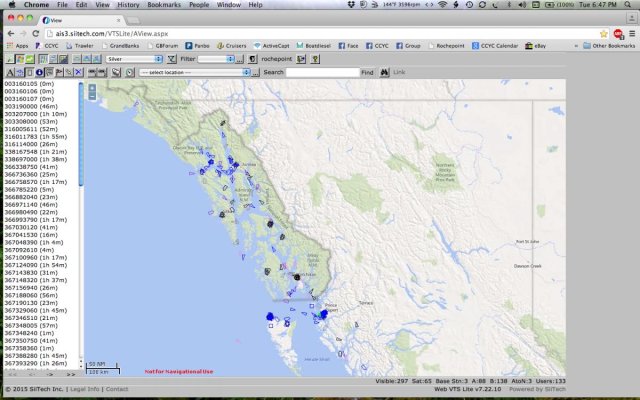Al
Guru
- Joined
- Apr 1, 2012
- Messages
- 2,206
- Location
- usa
- Vessel Name
- 'SLO'~BELLE
- Vessel Make
- 1978 Marben-27' Flybridge Trawler(extended to 30 feet) Pilothouse Pocket Cruiser[
Have become enchanted with AIS. Having the program on my phone allowing me to view the vessels about with this feature holds my attention.
I can see this as substitute for "SPOT" in terms of the wife following my voyages on her notebook. As I travel in blind spots for cell service, being able to view my position seems a no brainier. Other than having this option on my phone I would really like to hear the pros and cons, size of unit, requirements of space, cost, and depth of technology required to make the installation.
Is is practicable for a small boat such as our at 28 feet? Are there restrictions on who can or can not utilize? Just a few of the questions. If there is a primer on the subject on line that one could review?
Thanks, Al
I can see this as substitute for "SPOT" in terms of the wife following my voyages on her notebook. As I travel in blind spots for cell service, being able to view my position seems a no brainier. Other than having this option on my phone I would really like to hear the pros and cons, size of unit, requirements of space, cost, and depth of technology required to make the installation.
Is is practicable for a small boat such as our at 28 feet? Are there restrictions on who can or can not utilize? Just a few of the questions. If there is a primer on the subject on line that one could review?
Thanks, Al

